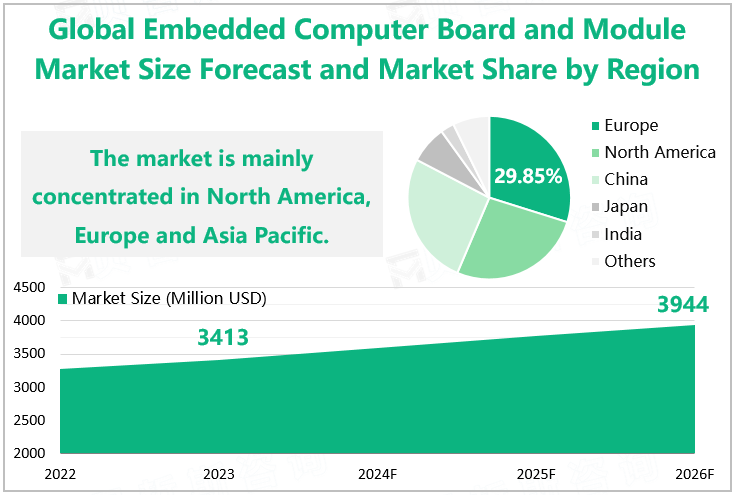Embedded computer boards, also known as embedded motherboards, have two fundamental types: RISC and CISC. RISC motherboards, also known as Reduced Instruction Set computers, have a wide range of applications, including MIPS, PowerPC, ARC, and ARM. Although these processors belong to the RISC processing category, due to the differences in instruction set planning and processing unit structure, software requirements developed on specific paths may need to be recompiled before they can be used on another hardware path. The CISC motherboard, also known as the complex instruction set computer, is the basic processing component of desktop computer systems. Its instructions are composed of multiple processes that complete tasks, such as transferring values into storage or stopping addition operations.
An embedded computer module is a type of microcomputer hardware component specifically designed for embedding into other devices or systems. These modules typically include processors, memory, input/output interfaces, and other necessary hardware components to achieve specific functions or control other devices. They are widely used in various fields, such as industrial automation, medical equipment, communication equipment, transportation, etc.
Introduction to the Main Characteristics of Embedded Computer Modules
|
Highly integrated |
Embedded computer modules need to integrate hardware components such as processors, memory, and I/O interfaces to achieve compact and efficient design. |
|
Low power consumption |
Low-power design is crucial as embedded computer modules are typically used in mobile devices or systems that require long-term operation. |
|
Reliability |
Embedded computer modules need to have high reliability to cope with various harsh environments and usage scenarios. |
|
Scalability |
To meet the needs of different users and the changes in application scenarios, embedded computer modules need to have scalability for hardware and software upgrades. |

We provide more professional and intelligent market reports to complement your business decisions.